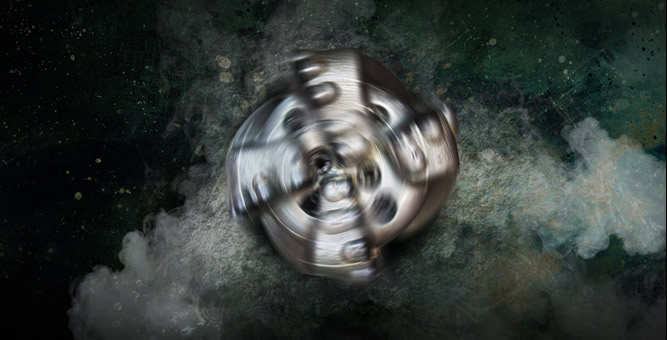Detection of Bit Burn Gases
During drilling operations
the temperature at the bit can rise to such an extent that hydrocarbons start
to break down to artificial gases (alkenes).
With a conventional mudlogging gas chromatograph these thermally cracked hydrocarbons, also called bit burn gases, cannot be distinguished from formation hydrocarbons. When severe bit burn goes undetected it leads to overestimating the hydrocarbon reserves present or, in the worst case, interpreting fluxes of purely bit burn gases as actual hydrocarbon shows.
With Spectra, bit burn gas is easily differentiated from formation hydrocarbons allowing correct data interpretation. Moreover, the information can be used to the advantage of the driller; prolonged generation of bit burn gases is generally a sign that the drill bit is worn and its timely replacement will help maintain drilling efficiency.
On many wells we see the concentration of bit burn gases increase with depth, directly related to the age of the drill bit. Also, lithology is strongly correlated with the amount of bit burn gases generated; peaks in bit burn gas ethene are usually associated with a drop in ROP and penetration of denser, less porous formation. As bit burn concentrations often increase towards the toe of the well, where the target reservoir is also encountered, it is of great importance not to confuse bit burn gases with actual reservoir hydrocarbons.
To enquire about bit burn gas detection using Spectra, click the ‘More Information’ button below.

